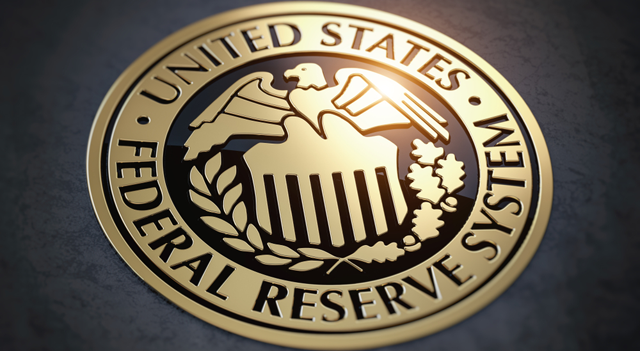BCA Research said money markets are showing early signs of strain, though conditions have not reached a level that would qualify as an “emergency,” as the Federal Reserve prepares to shift its balance sheet strategy.
The research firm expects the Fed to keep its balance sheet steady beginning next month and maintain that stance through March, at which point policymakers are projected to start expanding their bond holdings again.
Fed Chair Jerome Powell confirmed in November that the era of balance sheet runoff will end on December 1, after which assets will be held constant until officials judge that bank reserves have moved from “abundant” to “ample.”
Once that threshold is reached, the Fed will resume adding assets through Reserve Management Purchases — operations in which it buys government securities from the market to ensure sufficient liquidity flows through the financial system.
In their note, BCA analysts Ryan Swift and Robert Timper estimated these purchases could total around $16.4 billion per month in Treasury bills starting in March, arguing that this amount is “needed to stabilize the combination” of commercial bank reserves and the Fed’s overnight reverse repurchase facility — the pool of securities the Fed sells with an agreement to buy back later.
Reverse repos typically pull cash from the system, as banks exchange money for securities, temporarily reducing the liquidity available in funding markets.
Because the size of the Fed’s balance sheet determines how plentiful bank reserves are, it plays a central role in enabling policymakers to maintain interest rates within their targeted range. As the BCA team put it, “In other words, balance sheet policy is all about keeping the supply of bank reserves at a level that makes it easy for the Fed to control interest rates.”
Given this backdrop, the analysts said it was “unsurprising” that sharp swings in overnight rates pushed the Fed to halt its quantitative tightening program earlier than many had expected.
In October, the secured overnight financing rate briefly climbed above the Fed’s target range as institutions scrambled for liquidity that money markets could not supply. Several banks relied on the Fed’s backstop funding facility, a development that suggested reserve levels were becoming uncomfortably thin.
That spike revived memories of the 2019 repo-market turmoil, when a sudden cash shortage sent short-term borrowing costs soaring.
While the current market dynamics are “not close to being” a repeat of that episode, BCA said the Fed is acting quickly and defensively, responding to “the first signs of money market stress.”
